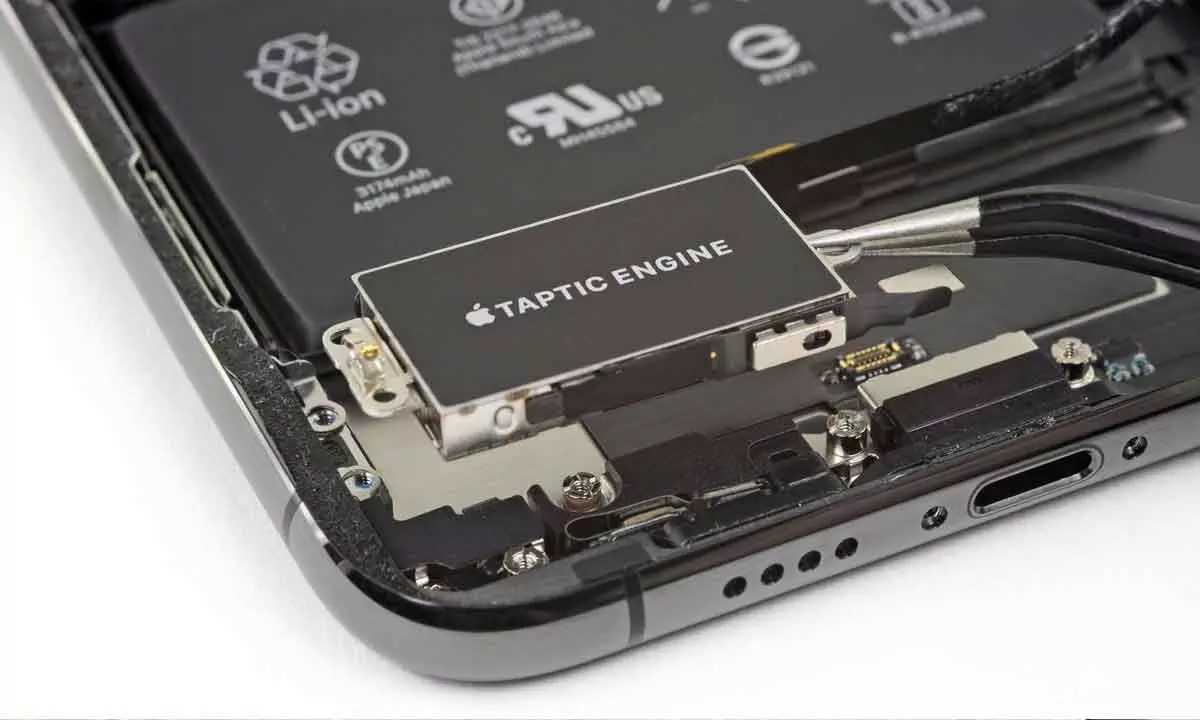Apple to add solid-state volume and power buttons on iPhone 15

According to the leaks, Apple will likely replace the physical power and volume buttons on the iPhone 15 series with solid-state buttons.
Apple has revolutionized smartphone designs by removing parts considered essential to any smartphone. In 2007, Apple removed the 3.5mm headphone jack from the iPhone 7 series, a move that first drew criticism until other major brands adopted it. Even with the latest iPhone 14, Apple followed an unconventional approach of removing the entire SIM tray on US models, replacing them with eSIM. In 2015, rumours suggested that Apple will add the physical volume and power button and replace them with solid-state buttons that would work based on the company's proprietary TapTic engine.
Popular Apple tipster Ming-Chi Kuo shared the information on October 28 on Twitter to reveal this shocking design change for the iPhone 15. He said, "My latest survey indicates that the volume button and power button of two high-end iPhone 15/2H23 new iPhone models may adopt a solid-state button design (similar to the home button design of iPhone 7/8/SE2 & 3) to replace the physical/mechanical button design".
iPhone 15 to bring solid-state volume and power buttons
It has been rumoured for years that Apple might go this route and remove all the physical buttons from its smartphone, but until now, there has been no reliable information about it. Kuo has been one of the most reliable tipsters in the Apple ecosystem in recent years, giving more substance to this rumour.
Kuo described the development in a series of tweets: "There will be Taptic Engines located on the internal left and right sides to provide force feedback to make users feel like they are pressing physical buttons".
This will also change the hardware system of the iPhone 15. "Due to this design change, the number of Taptic Engines used in each iPhone will increase from the current one to three. As a result, the existing Taptic Engine suppliers, Luxshare ICT (1st supplier) and AAC Technologies (2nd supplier) will be significant beneficiaries.," added Kuo.
Kuo also predicted that this move is likely to be adopted by rival Android brands. Considering this is exactly what happened with the headphone jack and is already happening with the eSIM concept (the Google Pixel 7 shipped with a single SIM card slot with an option for a secondary eSIM), this could very well be the case.













